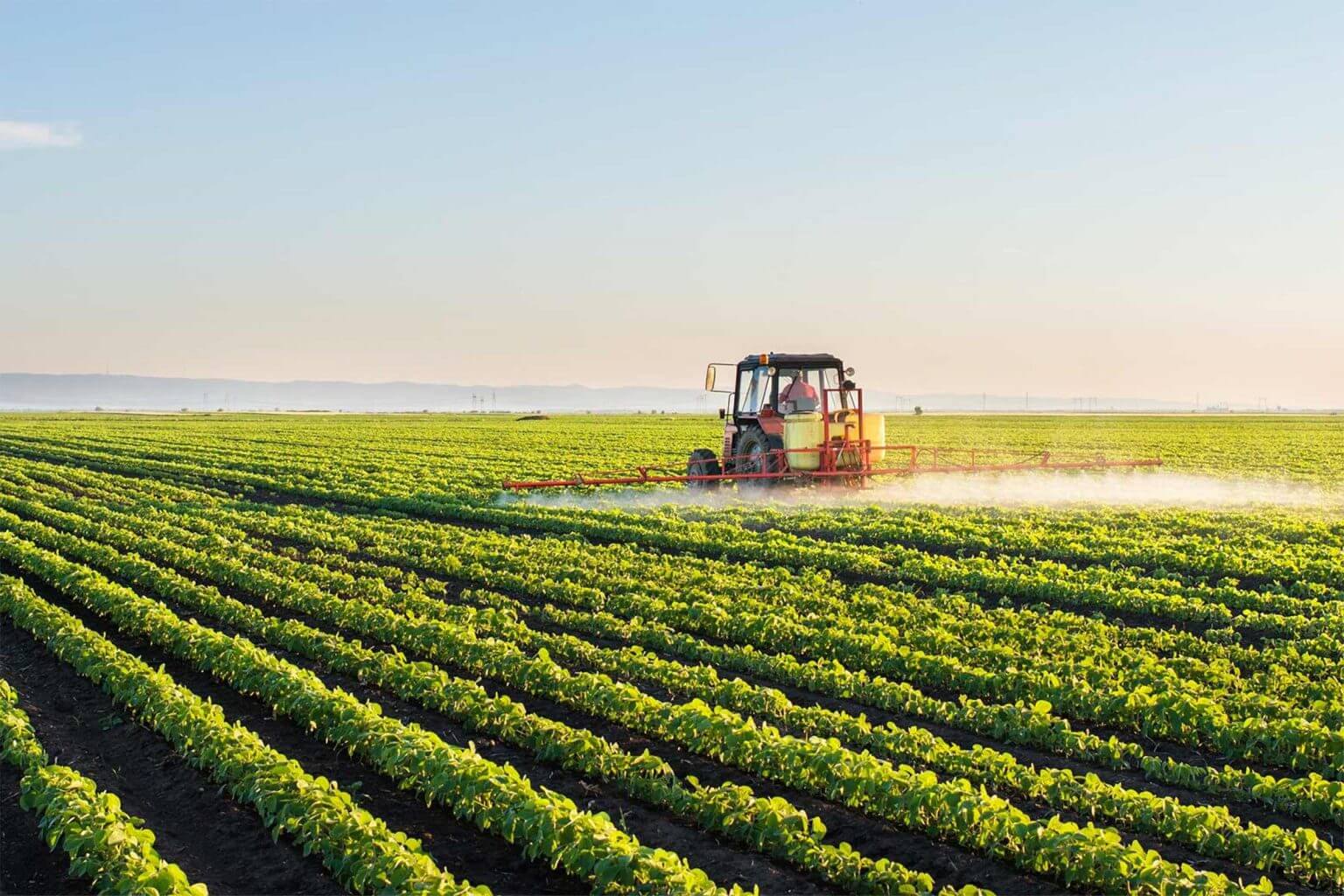
Namibia’s pursuit of its agricultural expenditure commitments and efforts to enhance the sector’s contribution to GDP have faced significant challenges since 2019. According to the Comprehensive Africa Agriculture Development Programme (CAADP) Country Biennial Review for 2021, Namibia has only shown positive progress in one out of seven indicators of the Malabo Commitments, scoring below the required benchmark. While the country has excelled in resilience to climate change variability, it has performed poorly in other commitment areas such as investment finance, ending hunger, and eradicating poverty through agriculture.
The review’s findings, presented at the National Workshop On Monitoring of Malabo Commitment and Knowledge Management in Windhoek, reveal that Namibia has struggled to fulfill its expenditure commitment to agriculture since 2015, with expenditure gradually decreasing. As a member of the African Union, Namibia pledged to allocate at least 10% of public expenditures to the agricultural sector to achieve 6% annual growth in agricultural GDP and ensure food security. This commitment was reaffirmed in 2014 through the Malabo Declaration, which set concrete agriculture goals to be achieved by 2025.
The implementation of CAADP and Malabo commitments is monitored through Biennial Review reports presented to the AU summit of Heads of State and Governments. However, the review indicates that since 2016, Namibia’s budgetary allocation to agriculture has not even reached 3%, significantly below the target. The meager 1.4% budgetary share allocated to the agricultural sector has hindered the adoption of productivity-enhancing technologies and the development of necessary institutions for resilient food production. Increasing the public allocation to agriculture is crucial to foster agricultural growth and transformation in the country.
Namibia has also committed to creating favorable policy and institutional conditions to facilitate private investment in agriculture, agribusiness, and agro-industries, with a focus on local investors. Furthermore, the country aims to halve poverty by 2025 through inclusive agricultural growth and transformation, including sustaining an annual agricultural GDP growth of at least 6% and generating job opportunities for 30% of youth in the agricultural value chains. However, the livestock and crop sectors have exhibited mixed performance, with contributions skewed toward a few commercial farmers.
To address these challenges, Namibia must ensure that at least 30% of households are resilient to climate and weather-related risks by 2025. The review also highlights the low growth rate proportion of women meeting the minimum dietary diversity score and the limited food security among the total population. These issues have significant implications for women’s and maternal health, as well as overall population productivity. The government is urged to promote policies and reforms that address food and nutrition insecurity in the country, taking into account the findings of the CAADP review.
Stay updated with the latest farming tips and agriculture industry news from Africa by subscribing to our newsletter. Don’t miss out on valuable insights and updates. Follow us on Twitter, LinkedIn, and Facebook to join our farming community and stay connected with us.



















Leave a Reply